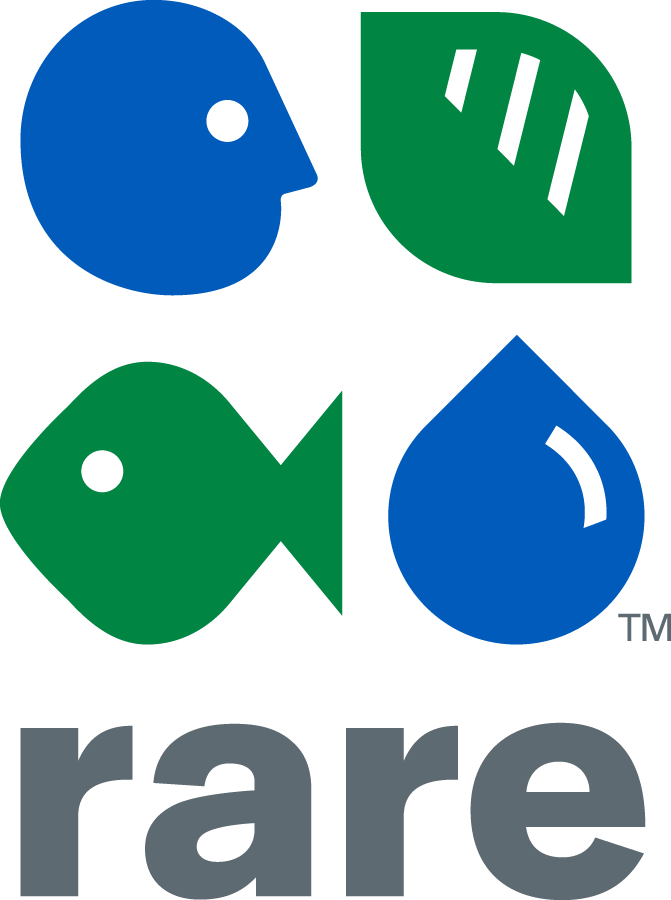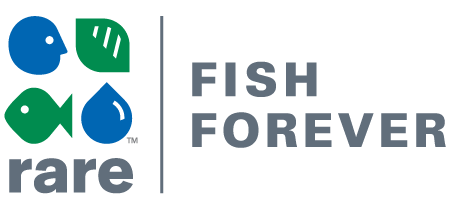To Protect the Sea,
Santafeños Sail Again
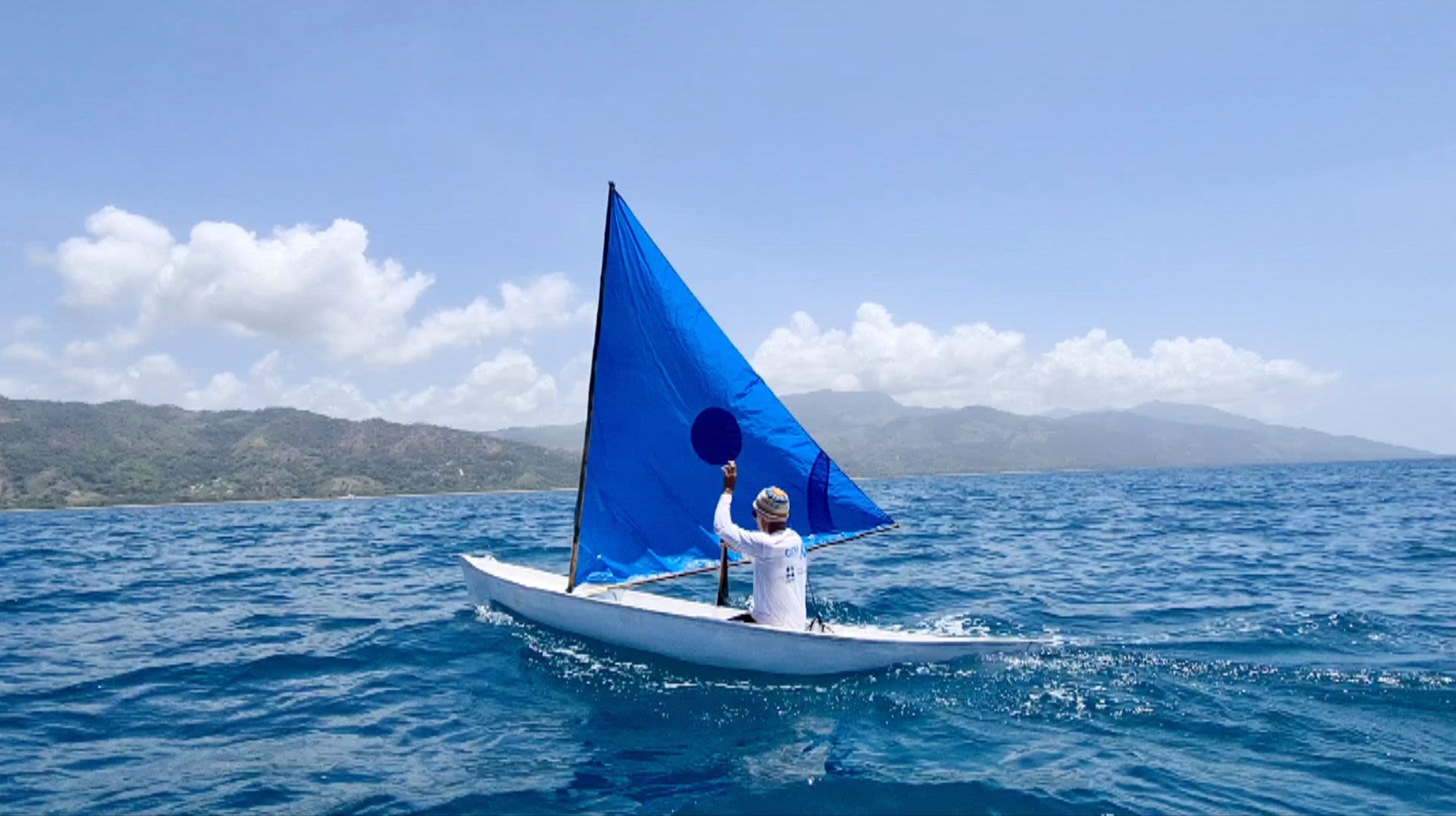
The wind was weak this year, making sails useless in the open sea. As Honduran fisher Franklin Portillo approached the shore, navigating his sailboat past seven other racers, the buzzing from the beach grew louder.
Quickly adapting his strategy, lowering and raising his sail to match the wind, Franklin sailed past crowd favorites—like last year’s winner, Raúl Gil— to secure first place. Gasps of surprise and excitement erupted from the fishers, local families, and mayors crowding the beach, and some rushed to lift Franklin’s boat in celebration.
In the 70s and 80s, this sailboat competition was the municipality’s pride and joy. Once hosted yearly to honor Santa Fe’s strong ties to the sea, the races stopped as interest from new generations of fishers waned, and the health of local fisheries and reefs spiraled downwards—victims of overfishing and degradation.
To reverse this trend, Rare partnered with Santa Fe’s fishing leaders, local government, and the Center for Marine Studies to launch the Pescando Para la Vida (Fishing for Life) campaign in July 2020 as part of Rare’s coastal fisheries program, Fish Forever. The campaign encourages fishing communities to adopt more sustainable fishing, driving them to protect their local waters.
“It was only fitting to revive a long-lost tradition through the campaign’s launch last year,” says Diana Vásquez, Vice President of Fish Forever in Central America. “We couldn’t possibly bring back the fish without bringing back the sailboats.”
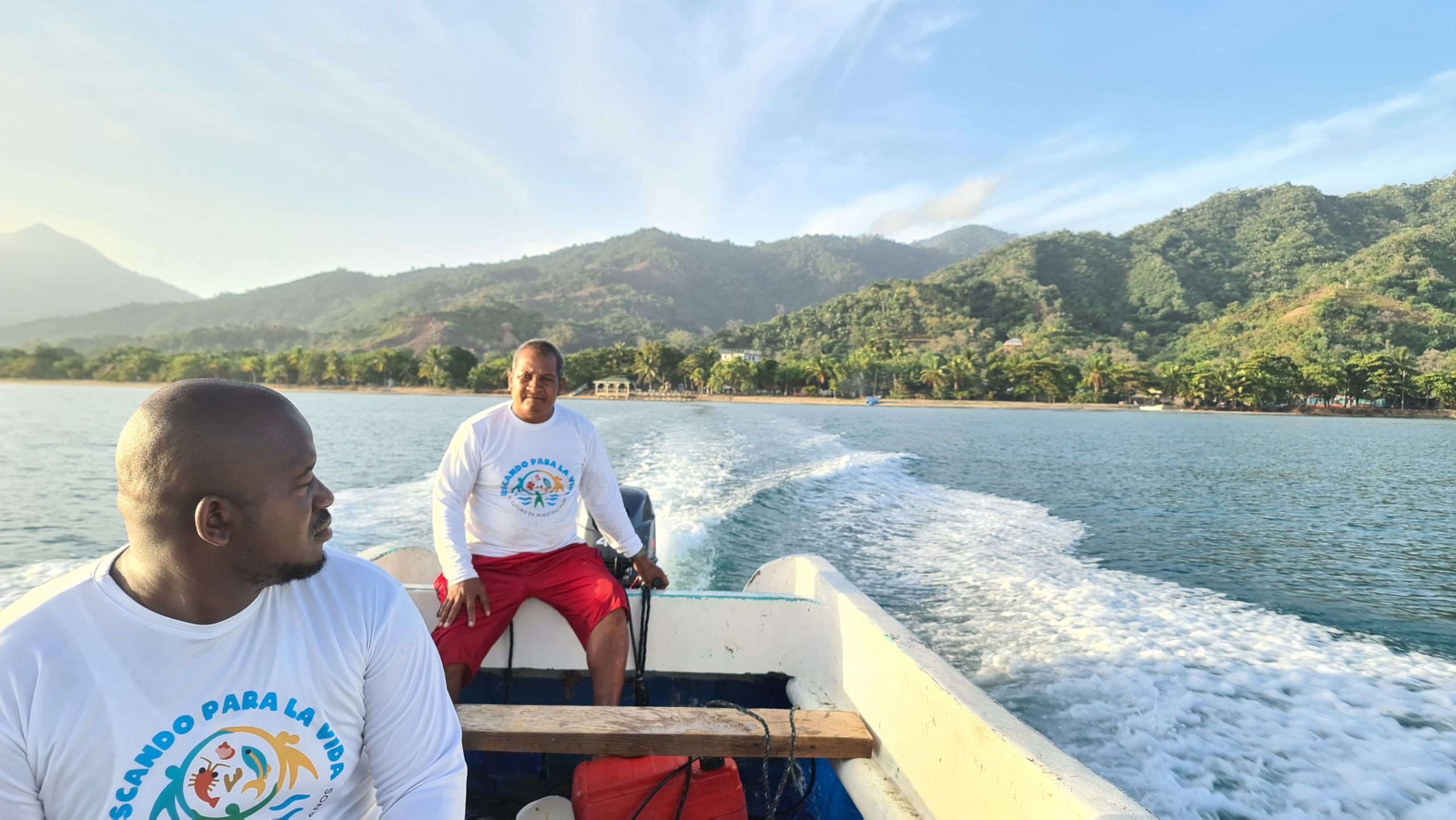
This year, the race served as an opportunity for Santafeños to advance their efforts to bring back their marine life. But the day actually began with installing the first of six buoys that will demarcate the municipality’s no-take marine reserve, Cayo Blanco.
***
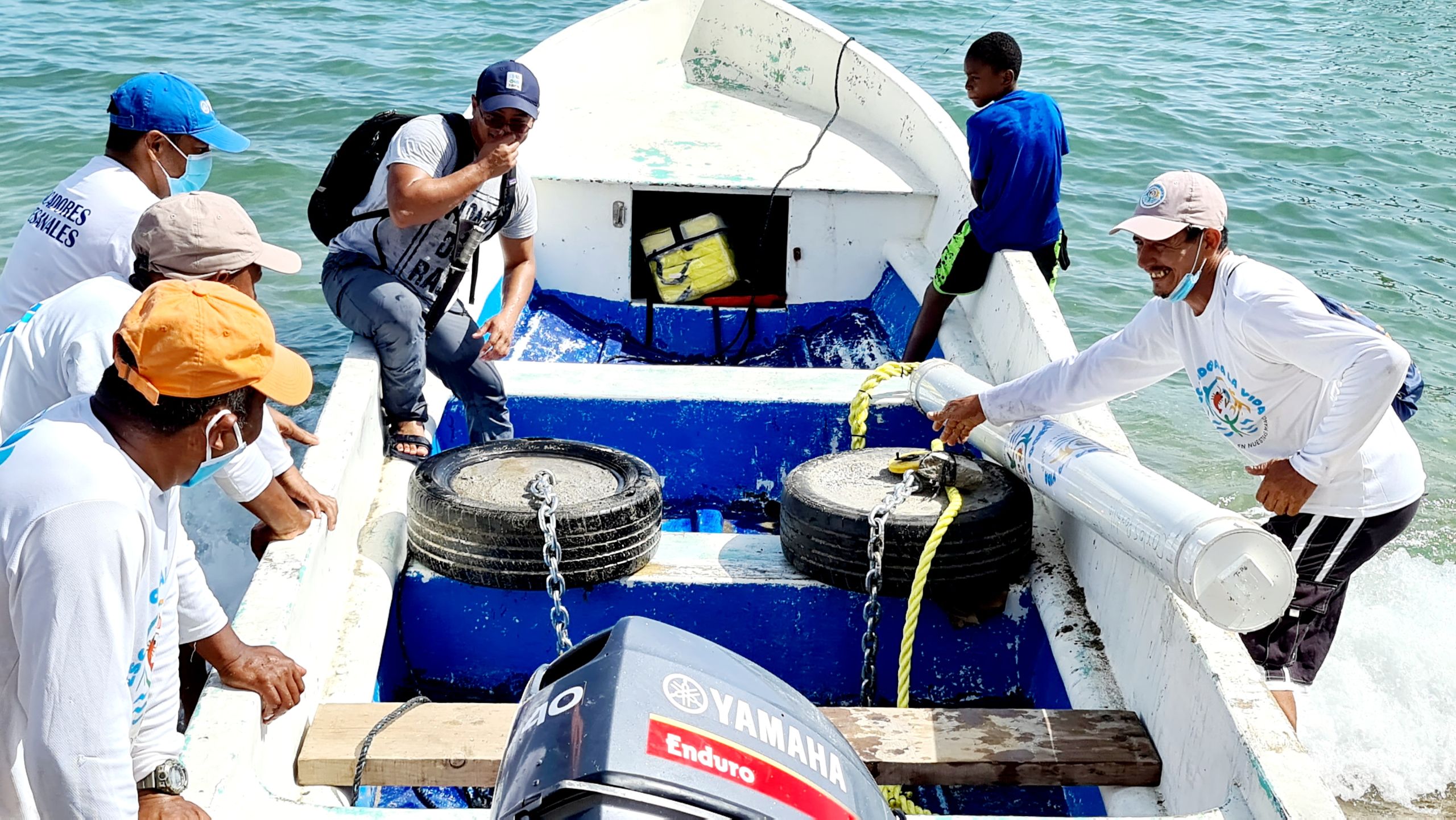
As the sun peaked through the palm trees, Carlos Portillo, Amel Ramírez, and Luis Calderón were among the many fishers who helped load the 450-pound buoy onto a small boat, working a minor miracle to keep it balanced while traveling 3 km out to the dropping point on the reserve's borders.
Before tossing the buoy overboard, Amel and Luis jumped into the water to verify no corals would be damaged in the process.
On the ride back to shore, Amel, Carlos, and Luis reflected on their excitement—and exhaustion.
They had spent the last two days with other fishers building the buoy from scratch—filling tires with cement and steel rods to be attached as counterweighs to long PVC posts and tying them up with heavy chains and tight ropes.
Buoys are powerful behavioral tools that remind users that no fishing is allowed inside reserves. They also make infractions more observable and thus less likely, since buoys are generally hard to miss.
Including fishers in creating and placing buoys empowers them to respect the reserve’s rules and protect their shared resources.
“Buoys help ensure we respect and care for our reserve,” reflects fisher Raúl Gil.
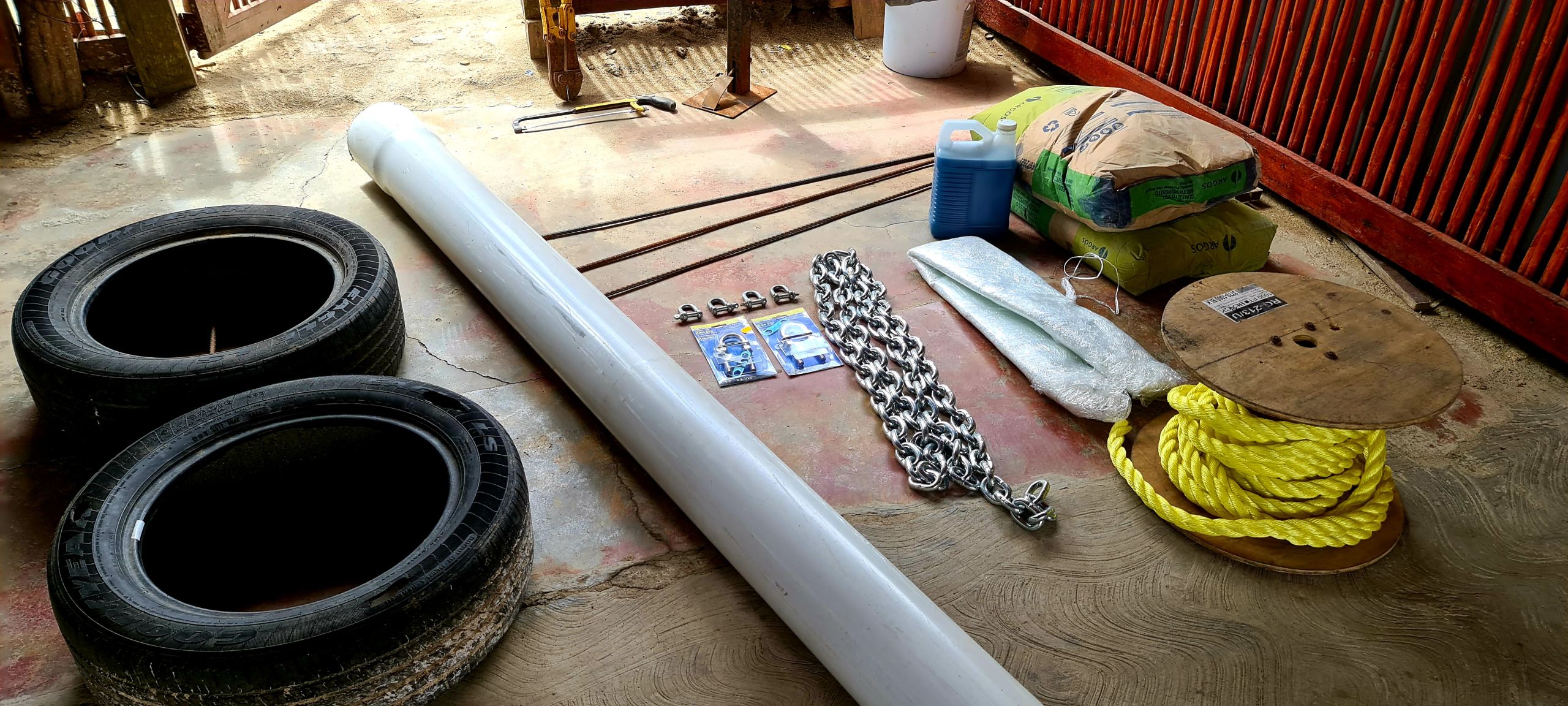

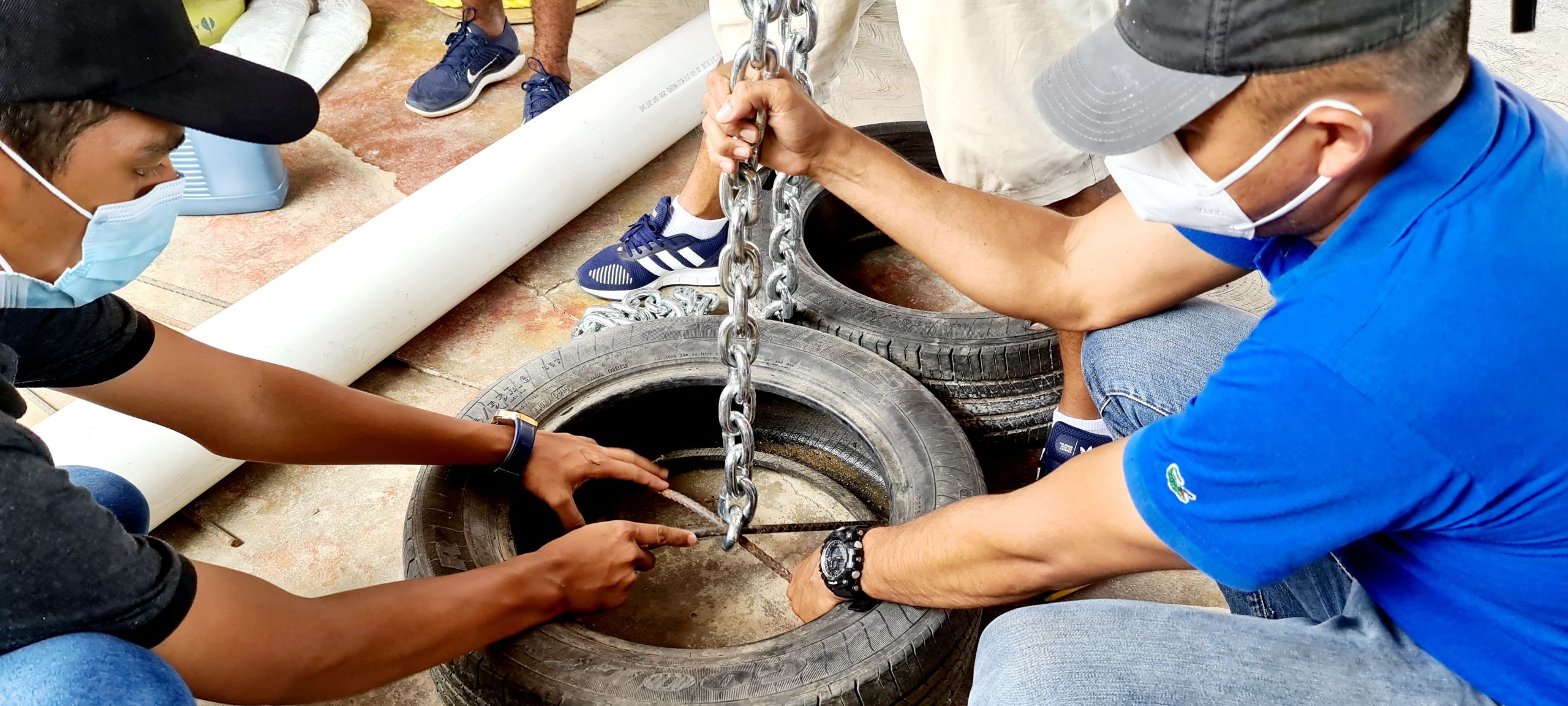
“Today is a historic moment for us. We’re placing the first buoy to demarcate our reserve," remarked Santa Fe Mayor Noel Ruiz, who couldn’t miss the opportunity to witness the occasion aboard the boat. "We’ve all come together for a common end."
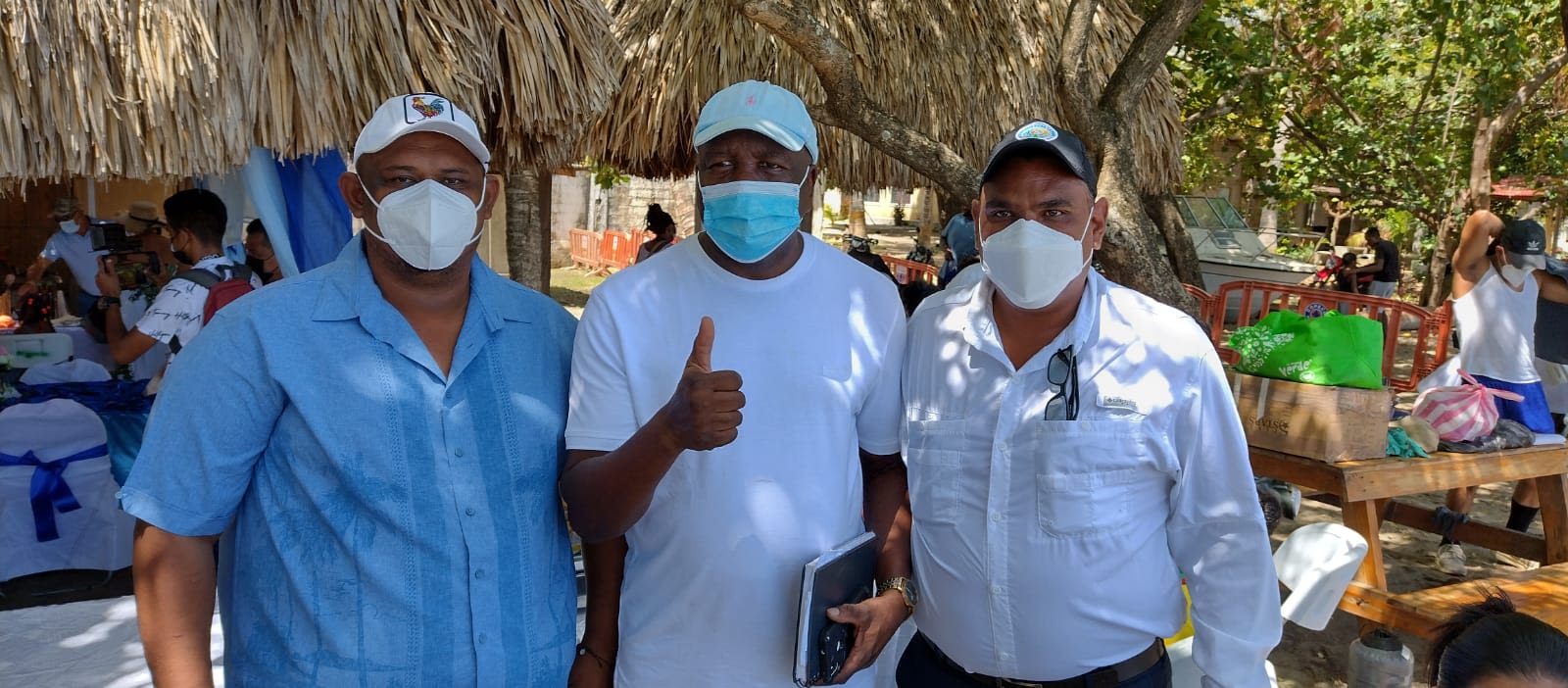
Declared to allow ecosystems to recover and fish stocks to rebound, Cayo Blanco has become a source of pride for locals and a popular spot for visitors. “Our reserve will yield life. It is our future, and we must protect it,” says Edgardo Padilla, President of Santa Fe’s fisher network.
But the day wasn’t over just yet.
With the buoy bobbing and the sailboats back on shore, Santa Fe’s fishers partook in a third act: a collective pledge to preserve the sea.
In front of peers, family, and community members, Franklin, Edgardo, Raúl, Amel, Luis, and ten other fishers committed to respecting Cayo Blanco’s boundaries and using only legal fishing gear to guarantee the wellbeing of current and future generations.
Pledges are social acts that signal the intention to do good and benefit others. They can help to coordinate groups of individuals who want change. By publicly and collectively committing to respecting the reserve, these fishers communicate different expectations for the sector and signal a desire to create a new norm.
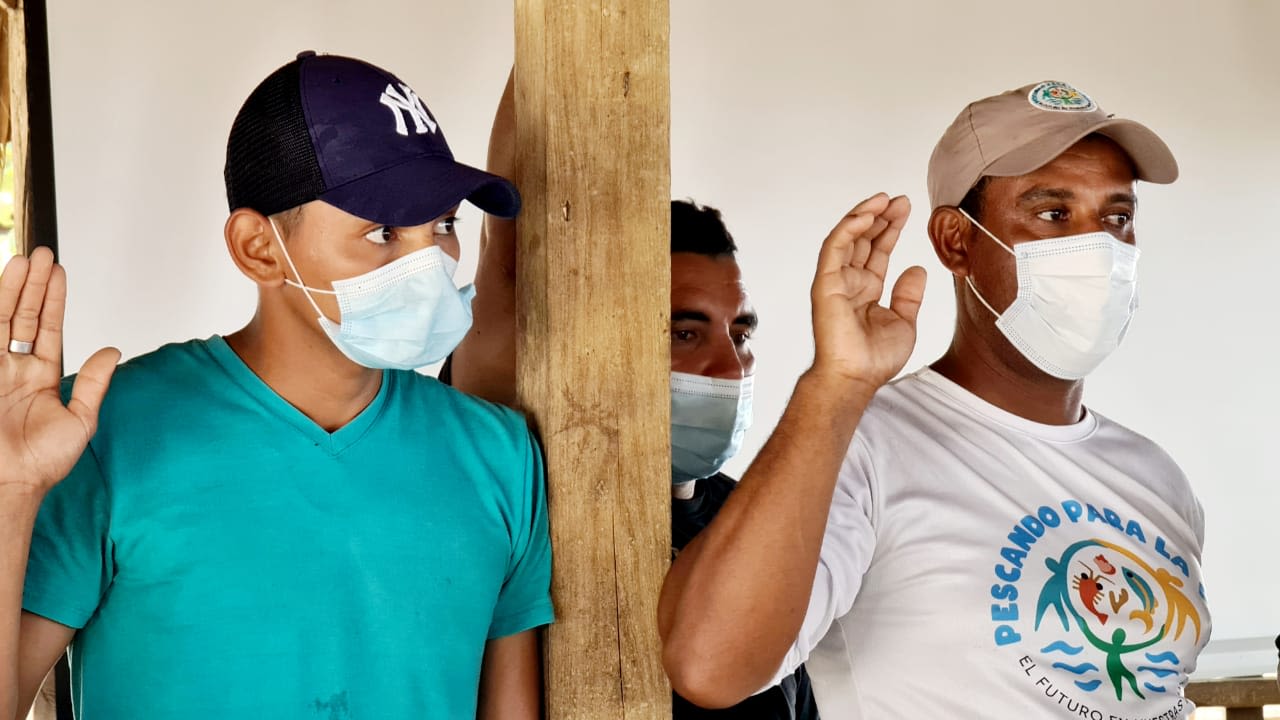
Santa Fe followed in the footsteps of the neighboring municipalities of Irina and Limón.
In the day’s grand finale, fishers also joined Mayor Ruiz in an official request to central government authorities to declare a 520km2 Managed Access area in Santa Fe’s waters—an area designed to secure the livelihoods and food security of local communities through sustainable management and effective protection.
This call to honor the municipality’s wishes marked the culmination of over a year of community consultations and negotiations, from which Fish Forever collected nearly 200 signatures to demonstrate local support for the area.
“There’s much to celebrate today,” said Mayor Ruiz. “We are confident that by honoring our traditions and protecting our seas, life will thrive once more.”
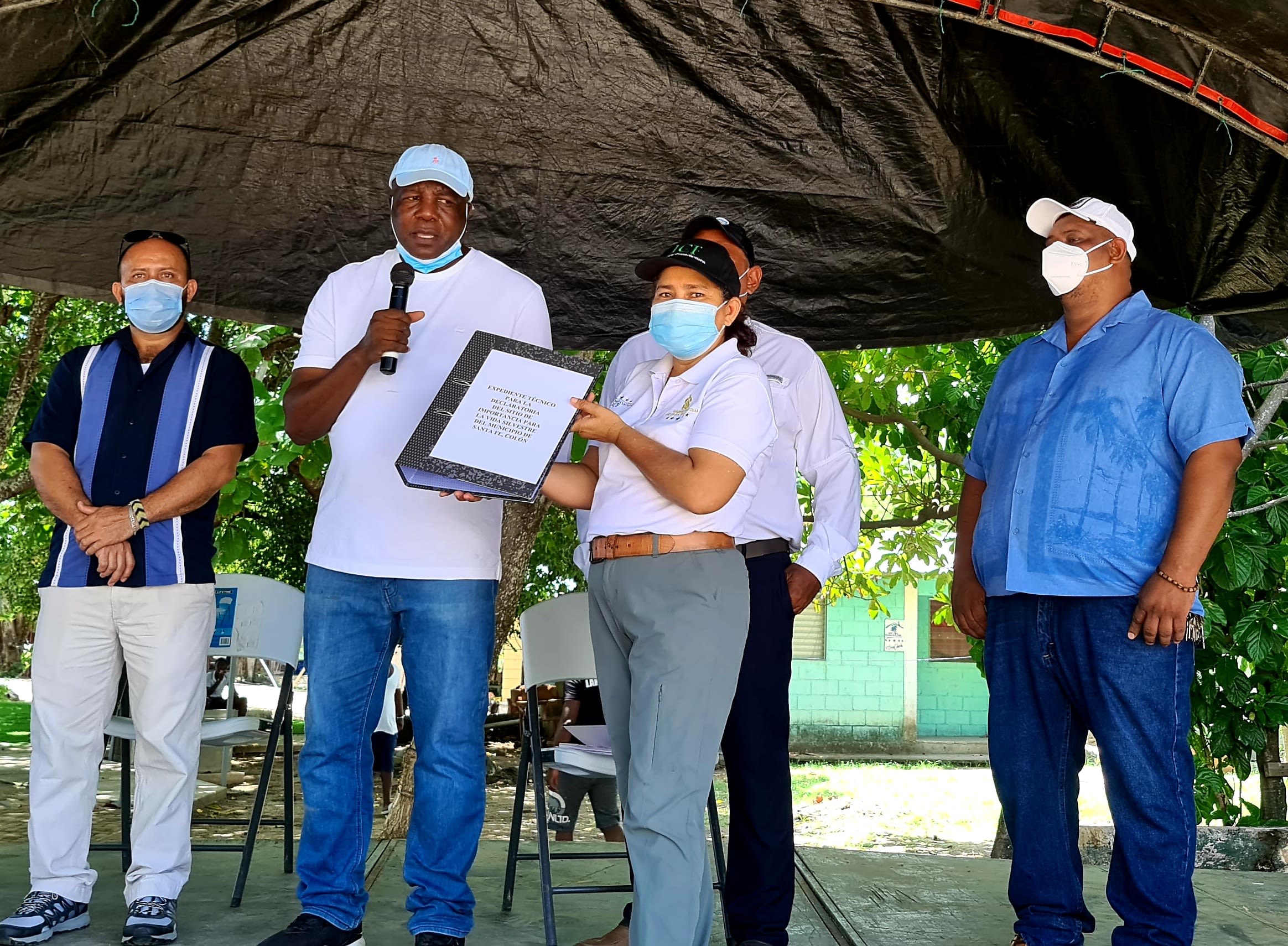
A community-led solution to revitalize our oceans and the coastal communities that depend on them.
Learn more at rare.org/fish-forever.
